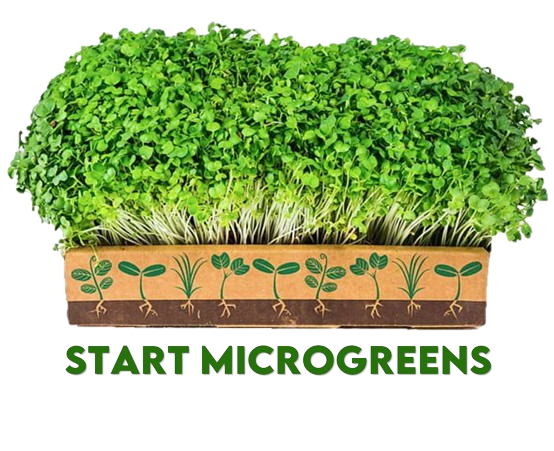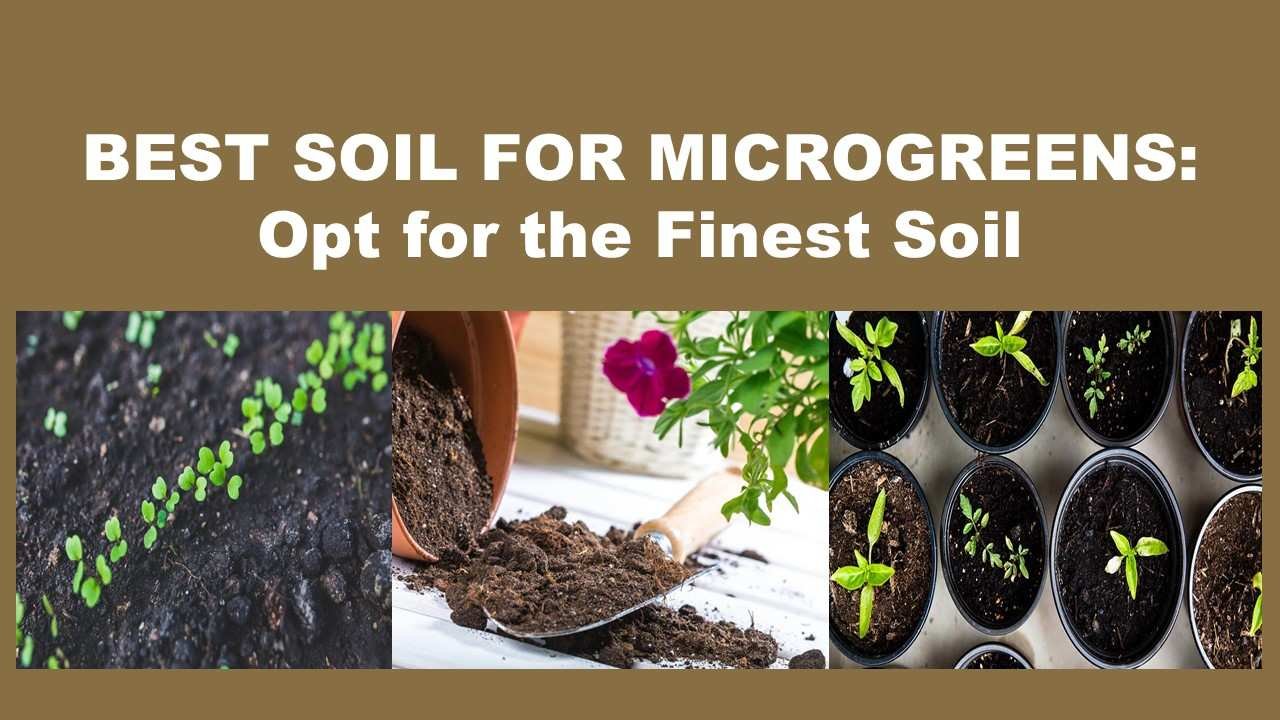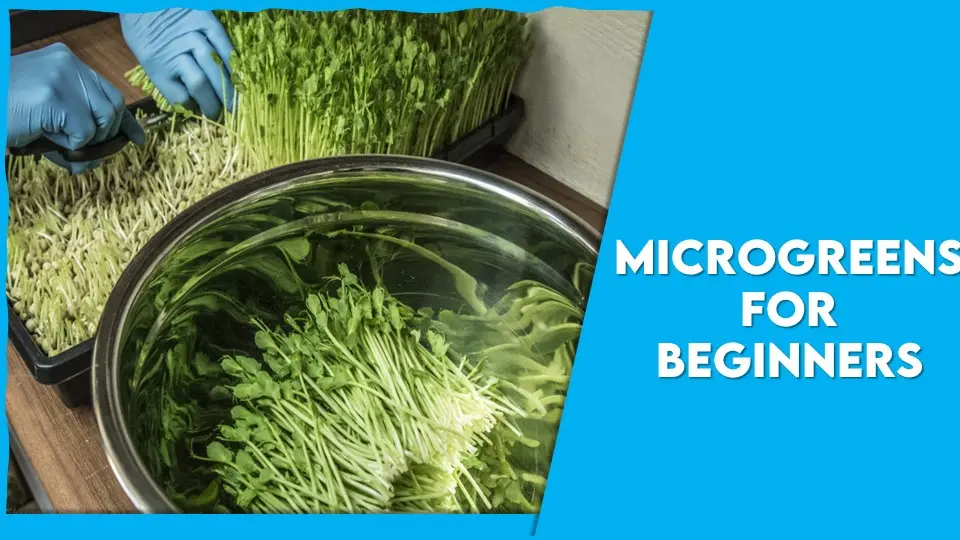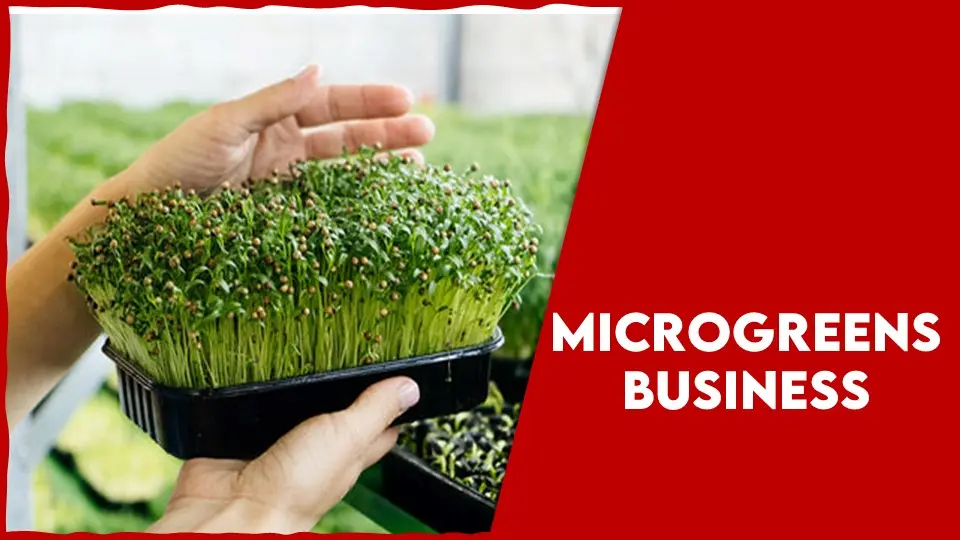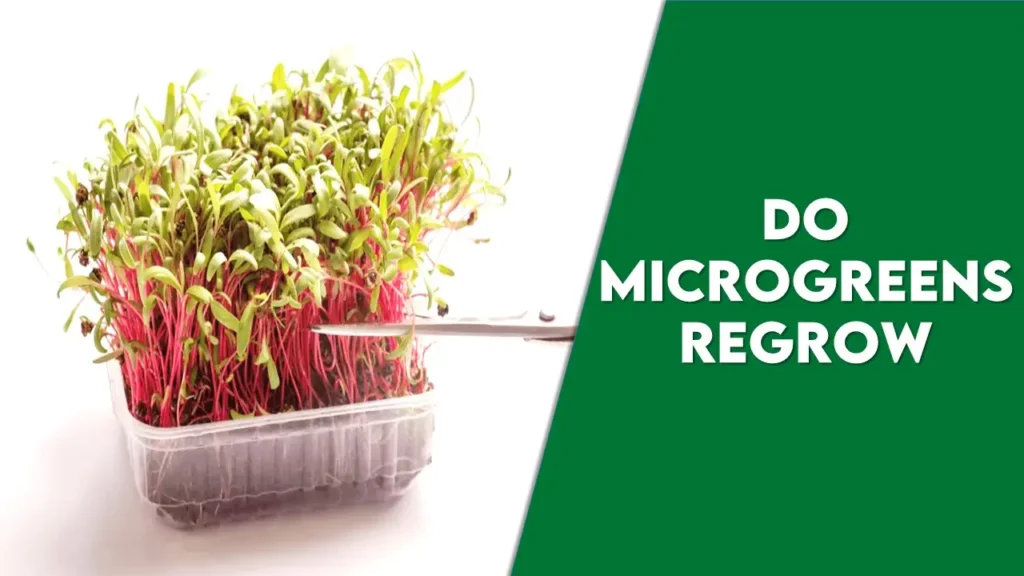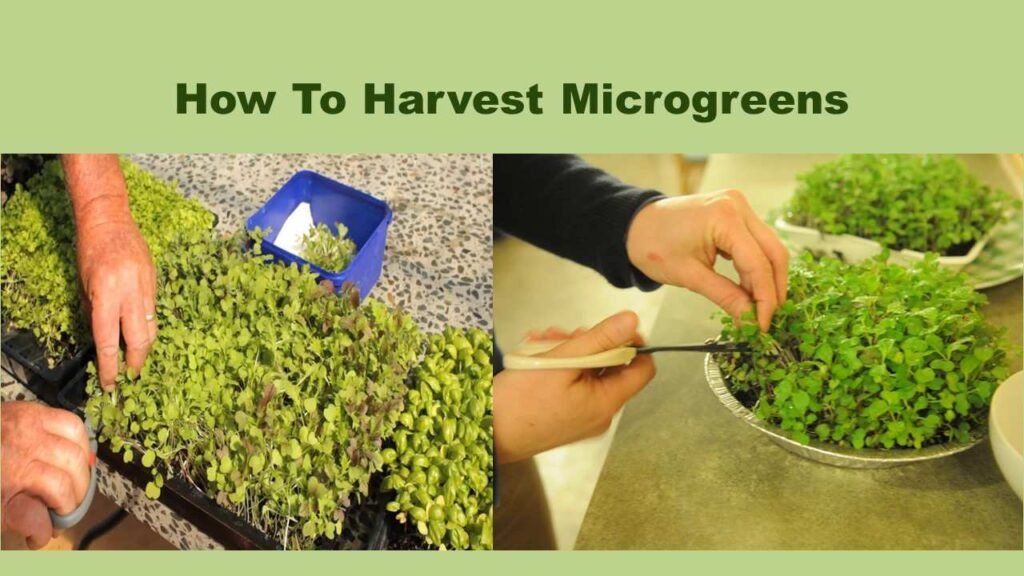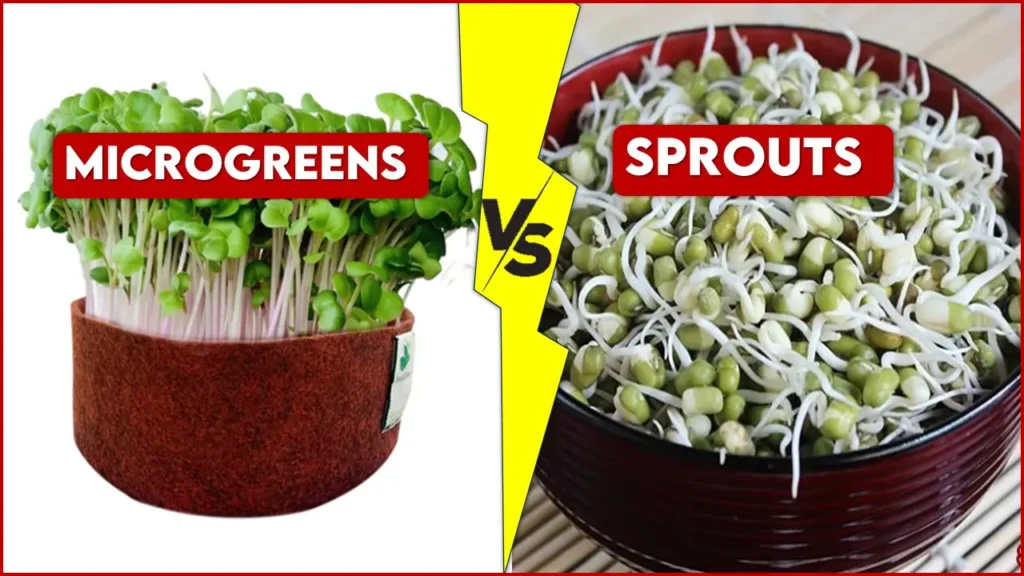BEST SOIL FOR MICROGREENS: Opt for the FINEST SOIL
The tiny nutrient-packed microgreens have gained immense popularity for their strong flavours, bright colours, along high nutritional value. No matter, whether you’re a home gardener or a commercial farmer, selecting the best soil for microgreens is most important for the proper growth and development of the microgreens.
In this article, we will explore all the characteristics & consider all the essential factors of the best-suited soil, for the growth of microgreens.
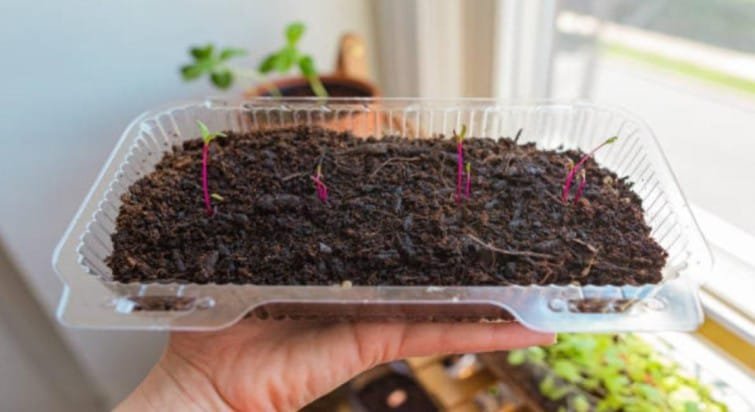
Brief understanding about microgreens:
Microgreens are young seedlings of edible vegetables, that are harvested at an early stage of growth, typically when the first true leaves appear. One of the most important benefits of growing microgreens is that, unlike larger vegetables that can take months to grow, the tiny nutrient-packed microgreens can be harvested and ready to eat in a week or 10 days. It contains a good amount of vitamins, minerals and a large amount of antioxidants. They are versatile and can be grown from a variety of seeds, including radish, sunflower, broccoli, kale and so on.
Importance of soil selection:
Opting out the best soil for microgreens cultivation is very crucial for achieving proper growth & development. It has a short growing cycle, so the initial condition of the soil will greatly influence its development. A proper well mixing of soil with proper aeration and drainage is essential to prevent water-logged roots, which can result in rots.
It derives their nutrient uptake from the soil, making the selection of a fertile soil mix critical, which not only influences the yield but also affects the concentration of vitamins, minerals, and other nutrient-rich substances essential for the seedlings. In addition, the proper quality soil mix, prevents the spreads of disease among the plants by providing a healthy environments for the tiny nutrient packed microgreens. Selecting the proper soil mix, ensures the availability of essential nutrients throughout short growth span.
Key characteristics of ideal microgreens soil:
The ideal microgreen soil should possess lots of key factors to support the rapid growth cycle of these vibrant microgreens, which are discussed below:
- First and most important, it must possess a well-balanced combination of organic matter to ensures the proper aeration and drainage which prevents the waterlogging and root diseases.
- Secondly, the soil mix should be the nutrient rich and have the most balanced concentrations of vitamins and minerals for good germination and sustained growth. It heavily depends upon these nutrients, by using a pre-mixed soil with added organic compost ensures a steady supply of nutrients in short span of growth cycle.
- The soil should be of fine textured to facilitate proper seed to soil contacts, which leads to healthy growth of seedlings.
- A Ph level should be in between of 6.0-7.0, is generally considers ideal for development of microgreens.
- Avoid the use of soil with added chemical fertilizers, as the seedlings of microgreens are very sensitive to the excess nutrient value.
Recommended soil-mix for vibrant microgreens-
An ideal soil mix can be prepared by mixing various components to meet the nutrients rich criteria of microgreens. Here, we will discuss the simple recipe for preparing best soil mix:
Ingredients are-
- Coconut Coir- It provides a lightweight, moisture-retentive base. It can be added up to 60%-70% of the total soil mix.
- Vermiculite- It enhances aeration and drainage which prevents waterlogs, its can be added up to 30%-40% of total soil mix.
- Organic fertilizers- It supplies essential nutrients to seedlings. It includes up to 10%-15% of the soil mix.
- Fine sand- It improves the texture along with structure of the soil, use around 5% if required.
Steps required–
- Hydrate the coconut coir- Coconut coir must be soaked in water till it expands, and then completely drain the excess water.
- Mix with vermiculite- combine well the coir with vermiculite to ensure thorough distribution.
- Add organic fertilizer- Mix it well to ensures the soil mix would gets necessary nutrients.
- Adjust pH- Check the pH of the soil and manipulate it according to the conditions (6.0-7.0).
- Adding fine sand- If required add fine texture sand to the soil mix to improves it structure.
- Uniform texture- Thoroughly mix all the components to ensure the even distribution.
- Fill up the containers- Transfer the mix into the adjacent container and ensure to leave up to 1-inch space from the top.
- Sowing of seeds- Spread the seed evenly to the top of the surface of soil mix, press the seeds lightly into the soil.
- Watering- Water the soil mix gently after sowing, and maintain consistent moisture throughout the growing period.
This mix is well balanced of nutrient content, having water retention along with proper aeration, providing an ideal environment to survive microgreens. Manipulation and adjustment can be made on specific microgreens varieties.
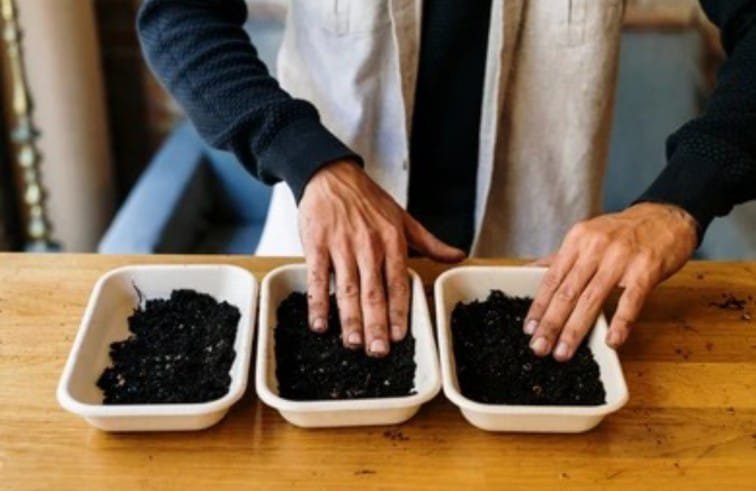
Factors to consider while opting for soil | BEST SOIL FOR MICROGREENS:
Opting out the best soil for microgreens cultivation involves several critical considerations to ensures the proper growth and development.
Texture:
The vibrant microgreens, with their delicate roots, develops very well in fine- textured soil that promotes root penetration easily. Opting a well-drained mix soil, prevents waterlogging, reducing the risk of rotting and ensures proper aeration for health growth and development.
Nutrient content:
A balanced nutrients is very much essential for microgreens. Basic key factors for nutrients content in soil is that it should consists of good amount of nitrogen, phosphorous and potassium, which plays vital role in initial stage of development. Additionally, mixing of organic compost to the soil enhances its nutrient contents.
pH level:
Maintaining the correct value of pH is very essential for the development of microgreens as it prefers slightly acidic to neutral environments (up to 6.0-7.0). Regular testing of pH and timely manipulation according to the needs, help to ensure optimal nutrient availability for the growth of the plans.
Sterility:
Opting out sterile soil is very much beneficial as it safeguard the vibrant microgreens from harmful pests and diseases. This will reduces the risk of infections that could compromise the health of seedlings during initial stages.
Moisture retention and aeration:
Having a balanced moisture retention capacity along with good aeration is very crucial. The soil should consist of enough moisture retention capacity to prevent dehydration but also allow for proper drainage to avoid overwatering. A well-aerated soil promotes the healthy development of roots.
Seedling-friendly nature:
The soil should be gentle on emerging seedlings, and also minimise the risk of root penetration. Fine particles into the soil contribute to a favourable environment for initial root development.
Availability:
Opting the soil which are easily available in your local area is very much practical and cost- effective.
However, considering all these factors collectively ensures that opting these soil creates an environment the healthy environment for the growth and development of these tiny nutrition packed microgreens.
Tips for successful cultivation of microgreens:
The process of cultivation of microgreens is as much as important to opting the best soils for microgreens. It is one of beautiful and profitable experiences that allows you to grow nutrient-packed microgreens in a small space. Here are some tips for successful cultivation microgreen:
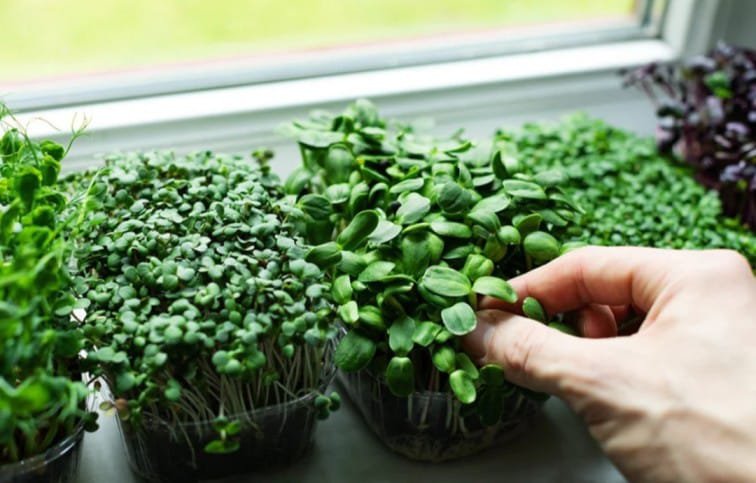
Opting out the right seeds:
Select high-quality seeds specifically labelled for microgreens. Popular variety of microgreens include broccoli, kale, radish, and sunflower. Also ensure the seeds are untreated and suitable for consumption.
Select the Appropriate Growing Medium:
Opt for a soilless growing medium, such as coconut coir, which prevents soil-borne diseases and enhances moisture retention capacity. Sterilize the medium before planting to create an optimal environment for germination.
Use Quality Trays or Containers:
Utilize small trays or containers with drainage holes to prevent waterlogging. Ensure good aeration to discourage the growth of mould.
Provide Adequate Light:
Microgreens survives in bright, indirect light. Consider using luminous quality placed the trays near a south-facing window. Adjust the light source to maintain a distance of 2-4 inches above the growing greens.
Maintain optimal temperature and humidity:
Keep the growing area at a consistent temperature between 60-75°F (15-24°C). Maintain humidity levels around 40-60%. Proper ventilation helps to prevent fungal issues.
Practice Timely Watering:
Water the microgreens carefully to ensure that it has good amount of moisture. Use a gentle spray or bottom watering method to avoid disturbing seeds and young shoots. Avoid overwatering, as this can lead to germination of mould and root rot.
Monitor Germination and Growth:
Keep a close eye on the germination process. Once seeds have sprouted, transition to a regular watering schedule. Harvest the microgreens when they reach an appropriate height, usually between 1-3 inches, depending on the variety.
Harvesting Techniques:
Harvest the microgreens by using clean scissors to cut just above the soil surface. Timing is crucial, harvest when the first true leaves appear for optimal flavour and nutrition.
Maintain Cleanliness:
Keep your cultivation area clean to prevent contamination. Sterilise the equipment and trays before each use.
Conclusion:
In conclusion, best soil for microgreens is very much important for successful growth and developments. After discussing thoroughly about the different types of soil and their mix, it is obvious that a well balanced, nutrient enrich soil contents such as coconut coir evenly mixed with vermiculite, finds to be the best choice. These combination of soil mix provides essential nutrients balanced, that are crucial in initial stage of developments.
Hence, the best soil for cultivation of microgreens ensures a proper balance between aeration, moisture retention capacity, along with nutrient availability. Farmers should considers these basic criteria like environmental conditions , availability, along with their specific goals while choosing the soil types. By ensuring the proper soil mix, microgreen growers can optimize their yields promotes ecological behaviours and enjoys the benefit of tiny nutrient packed microgreens.
